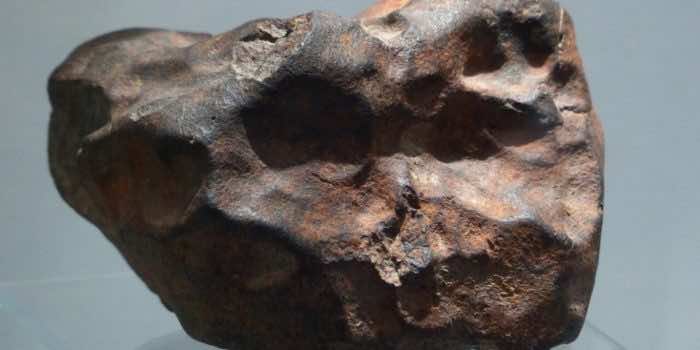A team of researchers from the University of Cambridge collaborated with colleagues in Austria and discovered a potential replacement for the current method for making high-performance magnets without using rare earth elements.
These high-performance magnets are vital for wind turbines and electric vehicles as they significantly contribute to building a zero-carbon economy. At the moment, the best permanent magnets available cannot be acquired without using rare earth elements.
Even if the name “rare earth” sounds unsustainable. These elements are difficult to get as, to date, China has a near monopoly on global production, citing a press release published by the University of Cambridge. For example, in 2017, 81 percent of rare earth elements worldwide were sourced from China. And as geopolitical tensions with China increase, there are concerns that the rare earth supply could be jeopardized.

Rare earth elements can be found in abundance globally but they’re not easy to extract. On top of that, the mining extraction methods required are not environmentally friendly.
The tetrataenite mineral is the rare earth element needed for these high-performance magnets. It is a ‘cosmic magnet,’ or an iron-nickel alloy with a particular ordered atomic structure, that takes millions of years to develop naturally in meteorites.
The team at Cambridge discovered that by adding a common element – phosphorus – tetrataenite could be made at scale and artificially without any intense or expensive methods. The team was studying the mechanical properties of iron-nickel alloys containing small amounts of phosphorus, an element that is also found in meteorites.
“When I looked closer, I saw an interesting diffraction pattern indicating an ordered atomic structure,” said first author Dr. Yurii Ivanov, who completed the work while at Cambridge and is now based at the Italian Institute of Technology in Genoa.
The team mixed iron, nickel, and phosphorus in the right quantities, to speed up tetrataenite formation by between 11 and 15 orders of magnitude. It formed in mere seconds in simple casting.

“What was so astonishing was that no special treatment was needed: we just melted the alloy, poured it into a mold, and we had tetrataenite,” said Professor Lindsay Greer from Cambridge’s Department of Materials Science & Metallurgy, who led the research. “The previous view in the field was that you couldn’t get tetrataenite unless you did something extreme because otherwise, you’d have to wait millions of years for it to form. This result represents a total change in how we think about this material.”
The team’s findings were published in the journal Advanced Science.


